Hemos registrado algunas lluvias menores durante las dos primeras semanas de octubre que ayudaron a que el río recuperara un poco de volumen y sirvió también para el desarrollo de las semillas en el primer bloque sembrado a fines de agosto (Bloque G). Mientras tanto, como el río es reducido, tuvimos que ajustar el nivel óptimo de riego de los campos que ya están en etapa de crecimiento bombeando agua desde nuestro embalse. Por consiguiente, cualquier agua de lluvia ayuda a rellenar el depósito.
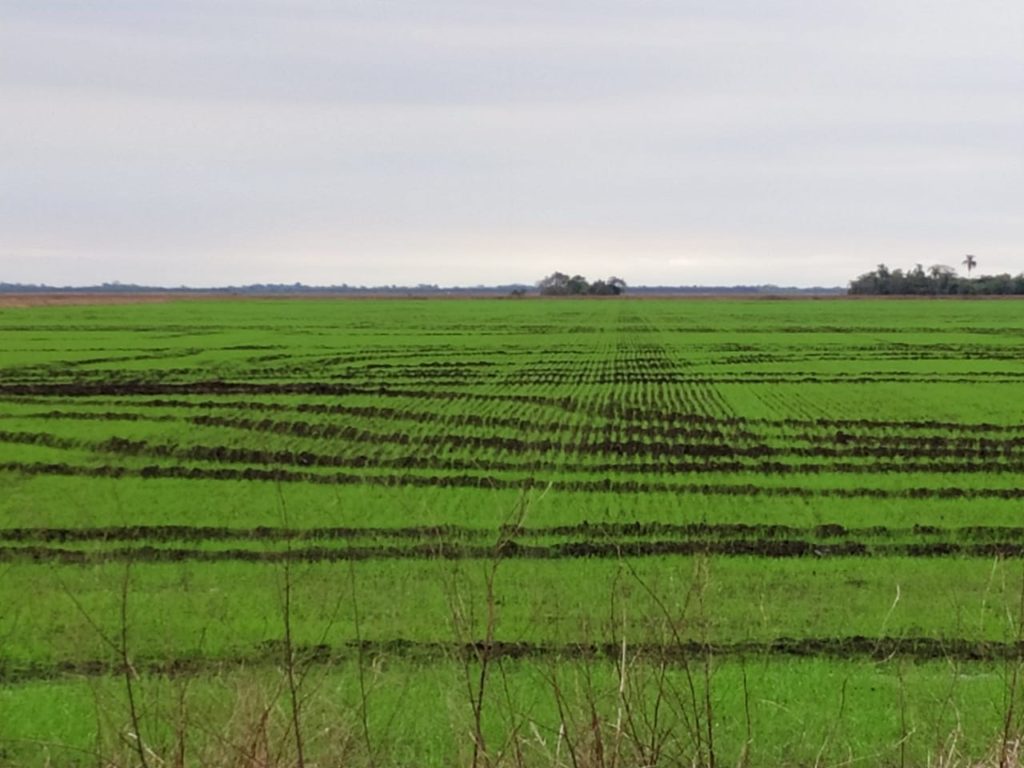
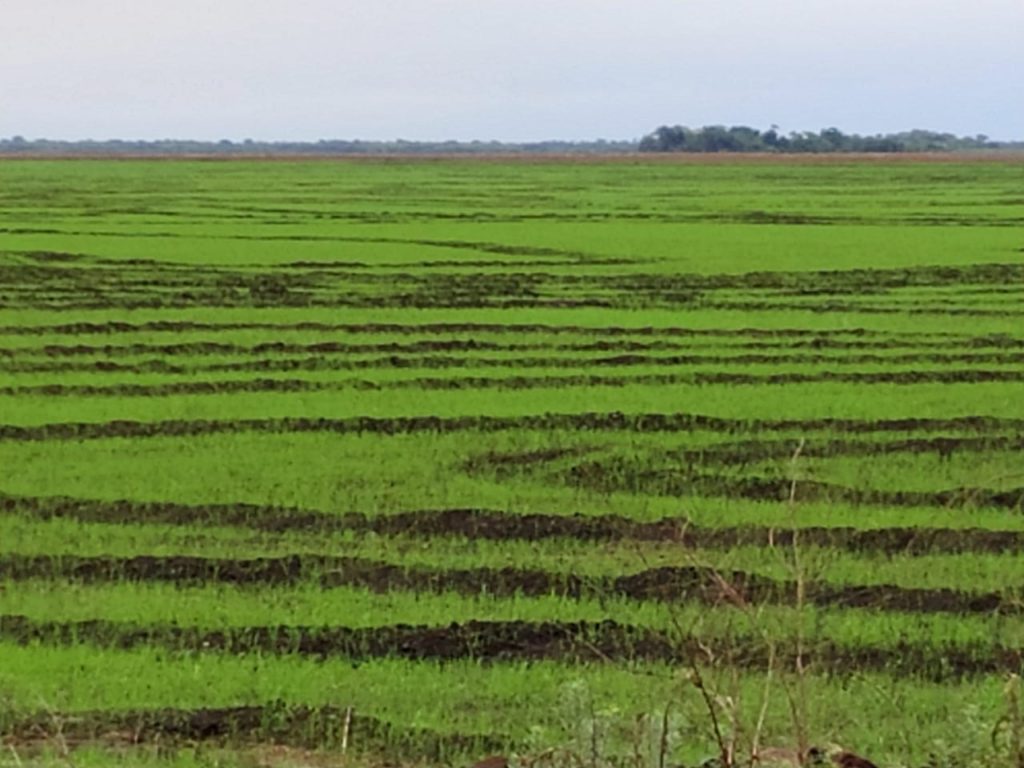
El intenso color verde propio del cultivo indica que el agua está bien distribuida y que las plantas están utilizando bien el nitrógeno aplicado.
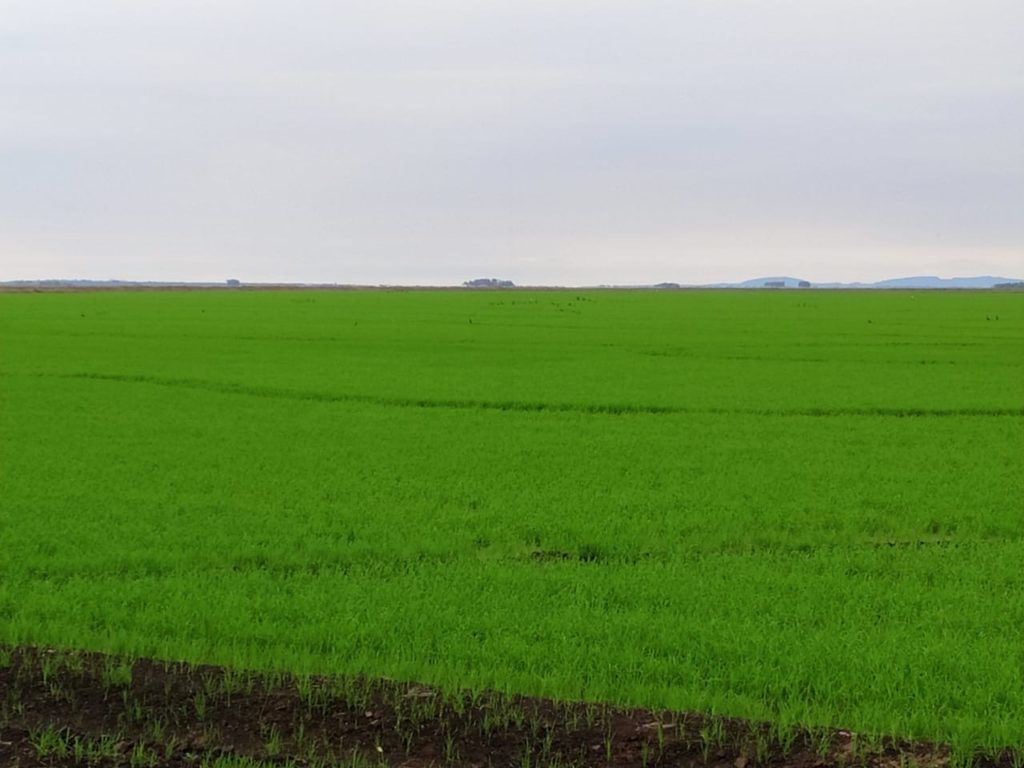
El cultivo de arroz está fuertemente influenciado por la distribución de agua y debe mantenerse en el campo durante todo el período de crecimiento. Las inundaciones permanentes ayudan a asegurar suficiente agua (eliminación del estrés por humedad y microclima favorable para la producción de cultivos) con una mayor cantidad de nutrientes como fósforo, hierro y manganesio y control de malezas.
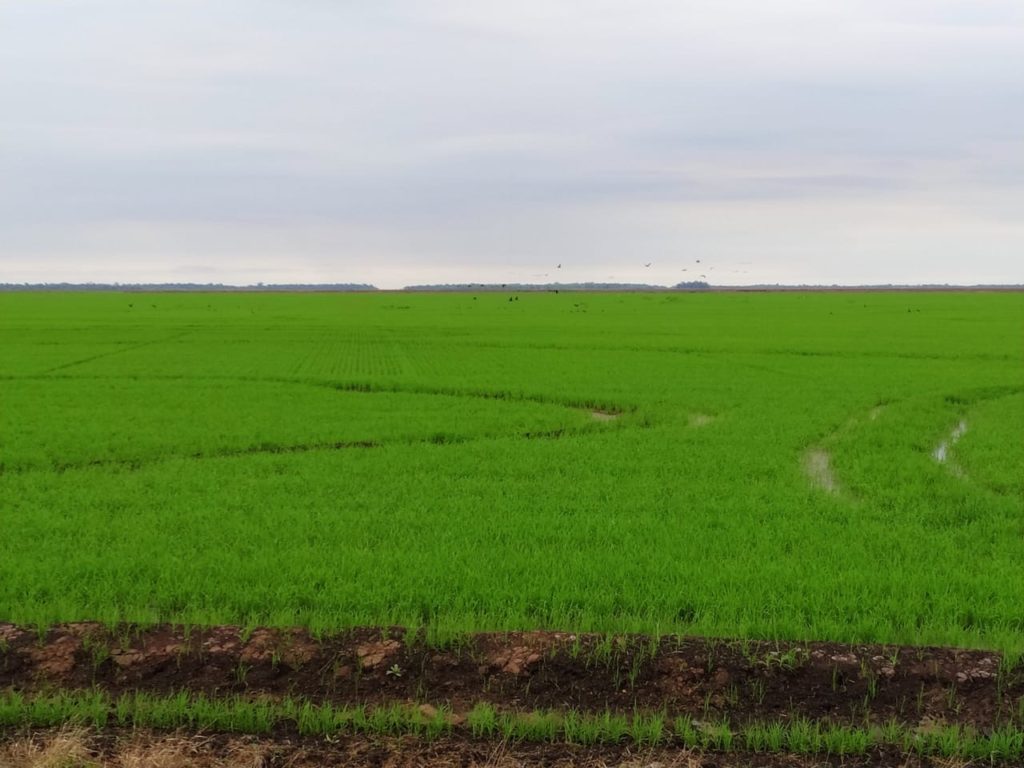
La superficie de la segunda etapa (430 ha de arroz con cáscara) iniciara a regarse a mediados de octubre. Puede ver algunas semillas emergentes que se benefician del riego natural suministrado por algunas aguas pluviales.

La semana pasada de octubre, sembramos otro bloque de alrededor de 240 ha. (Bloque E – etapa 3). Luego, los bloques D y C se sembrarán en la etapa final, sujeto a la cantidad de agua (nivel del río) ya que todos los demás campos requieren agua al mismo tiempo pero no con la misma distribución, y el bombeo tiene un costo. Entonces, deberíamos tener una siembra de 4 etapas.
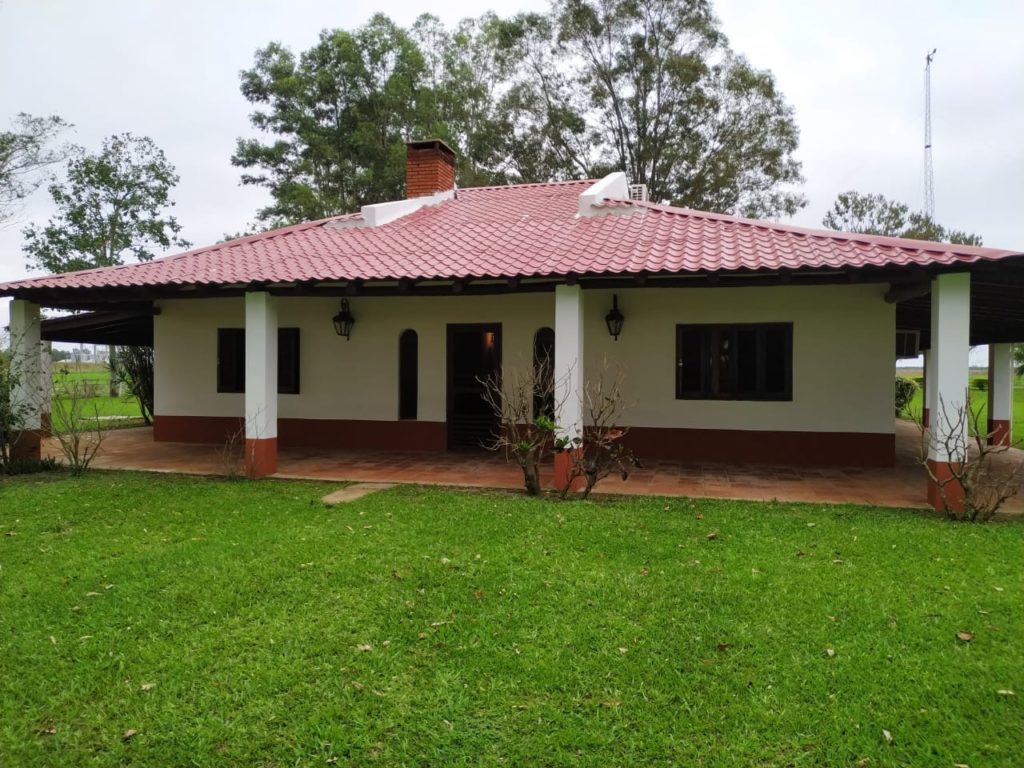
También finalizamos la remodelación de la casa principal. El techo se vio particularmente afectado por las lluvias torrenciales registradas en mayo en el país (por favor ingrese en, Mayo 2019).
